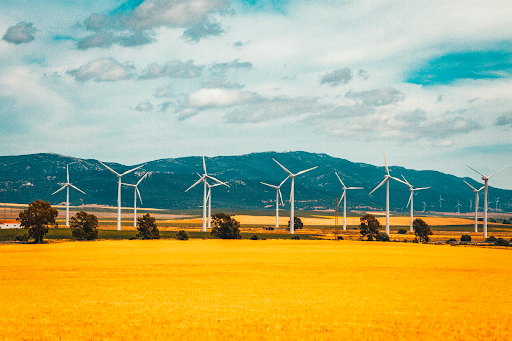Last year, Europe did something amazing in the world of renewable energy. He built a lot of wind farms, more than he had ever built in one year. But here’s the kicker: even with this record-breaking effort, they still haven’t met the goals they set for themselves. They are like a runner who has picked up the pace but is still behind in the race.
The European Union has managed to add about 17 gigawatts of wind energy by 2023. To give you an idea, that’s like adding a small country’s energy to its power grid. This was a 7% jump from what they did in 2022, which sounds great, right? But here’s the problem: to really achieve their climate change goals and reduce their dependence on Russian gas, they need to add about 30 gigawatts every year. They’re only halfway there.
How is wind energy struggling despite the high demand for renewable energy sources?
Despite all the talk about renewable energy, wind energy in Europe has fallen on hard times recently. While solar energy is booming – thanks to cheaper panels that people use to save on their electricity bills – wind energy hasn’t had as much prominence. Companies that make wind turbines are losing money, and some planned wind farm projects are being postponed or even scrapped entirely due to rising costs.
Why is wind energy so important? Well, Europe needs to reduce fossil fuel consumption, and wind energy is crucial, especially in winter. This is when they use the most energy, and there isn’t much sun to power all those solar panels. Furthermore, the demand for energy will only increase as more people drive electric cars and heat their homes with electricity.
Recently, the International Energy Agency stated that it is not so optimistic about how quickly Europe can increase its wind power. They are concerned about the bureaucracy and the current state of the electricity grids, which are not prepared for a major increase in wind energy.
Experts believe that wind energy growth could slow somewhat through 2026 and accelerate later in the decade. This prediction is consistent with the growing attention to ESG investingwhich emphasizes environmental, social and governance factors in investment decisions.
As more investors prioritize sustainability, renewables such as wind are likely to gain traction and investment, potentially accelerating their development and deployment in the second half of the decade.
How did France achieve a new record with its green bonds?
Now let’s talk about France and its new ‘green bond’. This is a way for countries to raise money for environmentally friendly projects. And France? They are very good at it. They just broke a new record with their latest green bond sale.
They offered these government bonds with a term of 25 years and received bids from investors for a total amount of more than 98 billion euros (about $106.6 billion). The record of 75,000 million from three years ago has thus been broken. The plan is to raise 8 billion euros, a significant amount.
This is part of a larger trend in Europe. Investors take advantage of the opportunity to buy these bonds. They want to ensure a good return before interest rates fall at the end of the year. Spain, Italy and Belgium had similar success last week, and it’s all part of a record wave of bond sales in Europe.
France uses the money from these green bonds for interesting causes such as the fight against climate change, the protection of nature and the fight against pollution. On this occasion, major banks such as BNP Paribas SA, Bank of America Corp, Credit Agricole CIB, JPMorgan Chase & Co and Societe Generale SA helped them organize the sale.
Final conclusion
Here’s what it is: There’s no doubt that Europe is making progress in renewable energy and green finance, but there is still work to be done. Very ambitious targets have been set, especially in the field of wind energy, and although they are making progress, they have not yet been fully achieved. And with these green bonds, countries like France show that there is a lot of interest and money in being green. It’s about keeping that momentum going and not losing sight of the overall goal: a cleaner, greener world.

